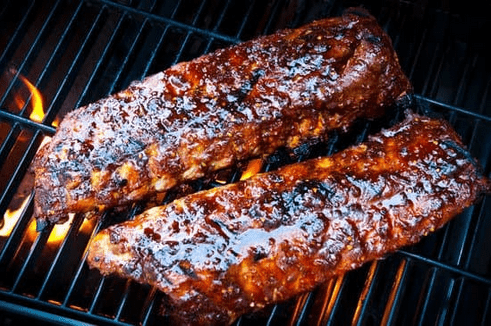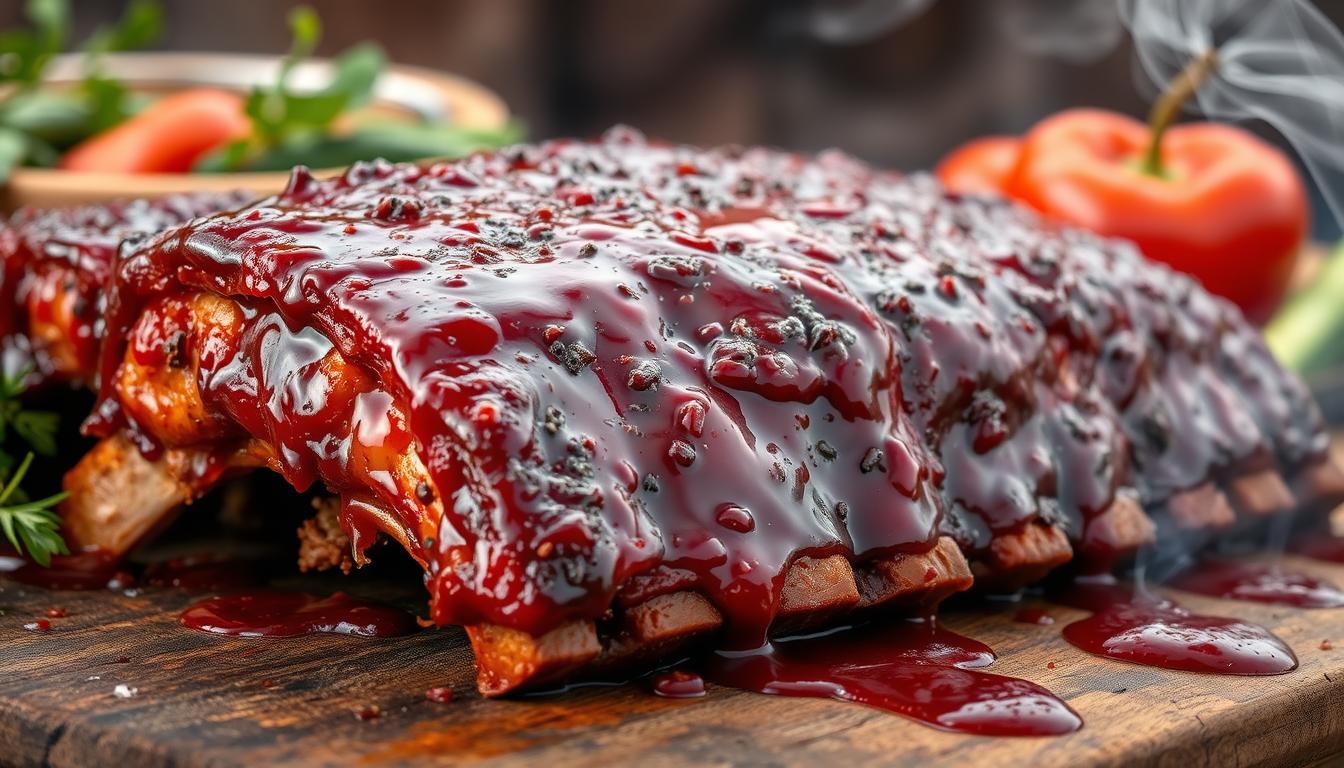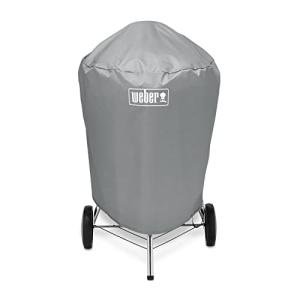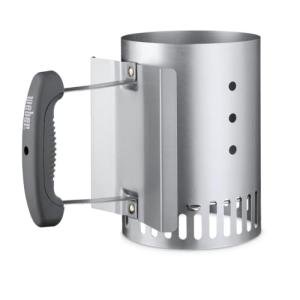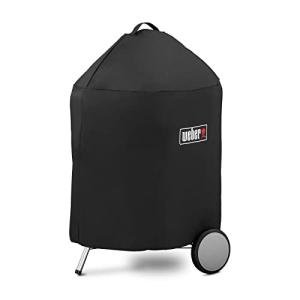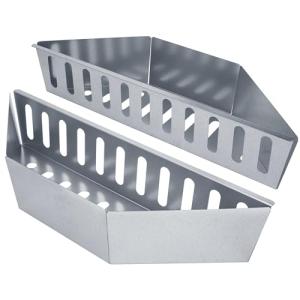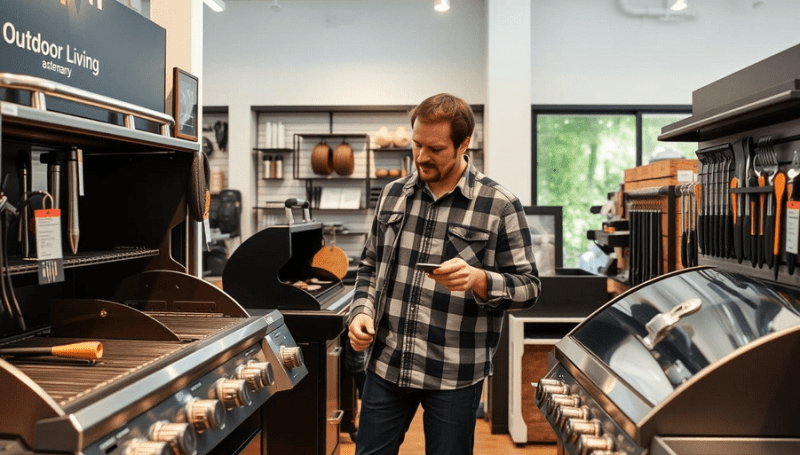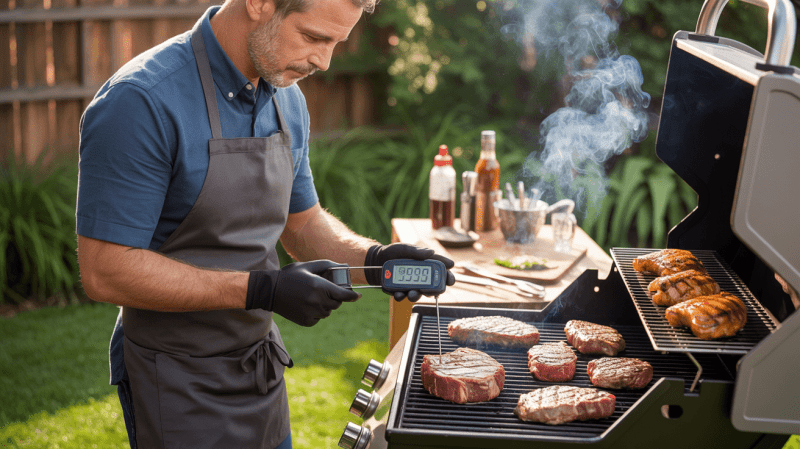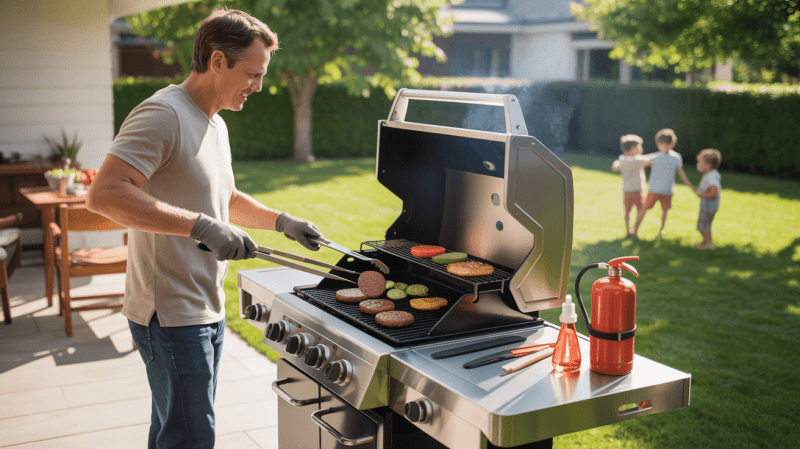Welcome to the ultimate guide for making mouthwatering slow-cooked classic BBQ ribs. These ribs will make your backyard cookouts unforgettable. Mastering barbecue ribs is more than cooking; it's about creating a special experience that brings people together.
Barbecue rib recipes are a celebration of American culinary tradition. Whether you use a slow cooker, smoker, or oven, the secret is patience and technique. These are the keys to tender pork ribs.
This guide will show you how to pick the perfect cut and make a smoky BBQ sauce that everyone will love. You'll learn every step to become the neighborhood BBQ champion. With these slow-cooked pork ribs techniques, every bite will be full of flavor.
Key Takeaways
- Low and slow cooking is the golden rule for tender ribs
- Dry rubs can dramatically enhance meat flavor
- Different cooking methods yield unique textures
- Homemade BBQ sauce elevates the entire dish
- Preparation is key to restaurant-quality results
Understanding the Art of Perfect BBQ Ribs
Exploring barbecue techniques opens a world where pork ribs are the stars. They shine at backyard parties and big competitions. Ribs are at the heart of American BBQ culture.
Different Types of Pork Ribs
Pork ribs come in many tasty types. Each type affects how they taste and cook:
- Baby Back Ribs: Tender, lean cuts from the pig's loin
- Spare Ribs: Meatier, fattier cuts from the belly area
- St. Louis Style Ribs: Trimmed spare ribs with uniform shape
Regional BBQ Styles in America
Every region adds its own twist to slow cooking:
| Region | Characteristic | Sauce Style |
|---|---|---|
| Carolina | Vinegar-based | Tangy, thin sauce |
| Texas | Beef-focused | Spicy, bold rubs |
| Kansas City | Sweet and thick | Molasses-based sauce |
| Memphis | Dry rub emphasis | Minimal sauce application |
The Science Behind Low and Slow Cooking
Barbecue lovers know that low and slow cooking makes tough meat tender. Cooking ribs at 225°F-275°F for a long time softens them. This makes them incredibly juicy.
"Great BBQ is about patience and passion" - BBQ Masters Cookbook
The perfect ribs cook to 190-203°F. This temperature ensures they are tender and full of flavor.
Essential Equipment and Ingredients for Slow-Cooked Ribs
https://youtube.com/watch?v=8_Dr7CtiRxM
To make delicious slow-cooked ribs, you need the right tools and ingredients. A good meat smoker is key for tender, tasty pork ribs. The right wood chips can also boost the flavor.
Here's what you'll need for the best rib experience:
- 5-6 quart slow cooker or meat smoker
- Meat thermometer
- Cutting board
- Sharp kitchen knife
- Aluminum foil
Making a great dry rub seasoning is important. A classic mix includes:
| Ingredient | Quantity |
|---|---|
| Brown Sugar | 2 tablespoons |
| Paprika | 2 teaspoons |
| Chili Powder | 1 tablespoon |
| Kosher Salt | 1 teaspoon |
| Black Pepper | ½ teaspoon |
| Cayenne Pepper | 1/8 teaspoon |
For your barbecue sauce, choose a mix that goes well with the meat. Pro tip: If you don't have a smoker, liquid smoke can add flavor, using no more than 2 teaspoons.
"The secret to great BBQ is in the details of preparation and patience." - BBQ Pitmaster
Remember, making meat is an art. Take your time to rub the dry rub all over the ribs. With these tools and ingredients, you can make amazing slow-cooked ribs at home.
Classic BBQ Ribs - How to Slow-cooked pork ribs with smoky BBQ sauce
Preparing mouthwatering smoked pork ribs is an art. It combines technique, patience, and flavor. Whether you're a barbecue enthusiast or a home cook, mastering slow cooker ribs can turn your meat marinades into a culinary masterpiece.
Preparing the Ribs
Before cooking, proper preparation is key. Start by removing the membrane from the back of the ribs. This step ensures better seasoning penetration and makes the barbecue pork more tender and enjoyable.
- Inspect the ribs carefully
- Use a knife to lift the membrane
- Pull the membrane off in one smooth motion
- Trim any excess fat
Creating the Perfect Rib Rub Recipe
A stellar rib rub is the secret to exceptional barbecue. Here's a classic dry rub that will elevate your smoked pork ribs:
| Ingredient | Quantity |
|---|---|
| Paprika | 1.5 tablespoons |
| Brown Sugar | 1.5 tablespoons |
| Salt | 2 teaspoons |
| Chili Powder | 2 teaspoons |
| Garlic Powder | 2 teaspoons |
Slow Cooking Process Step-by-Step
The magic of tender ribs lies in the slow cooking method. For the best results, follow these steps:
- Coat ribs generously with the prepared dry rub
- Place ribs in the slow cooker
- Cook on low heat for 7-9 hours
- Check internal temperature reaches 145°F
"Patience is the key to perfectly cooked ribs. Low and slow is the golden rule of barbecue."
Pro tip: For an extra layer of flavor, brush your favorite barbecue sauce during the last hour of cooking. This ensures a sticky, caramelized exterior that will make your ribs irresistible.
Mastering the Ultimate Smoky BBQ Sauce
Making the perfect homemade bbq sauce is like an art. It turns simple summer food into a flavor blast. The key to a great smoky barbecue sauce is finding the right mix of tangy, sweet, and rich tastes. These flavors should enhance your slow-cooked ribs.
"A great BBQ sauce is like a symphony of flavors dancing on your taste buds" - Pitmaster's Wisdom
Now, let's explore the key parts of a killer bbq sauce recipe. These elements will take your grilling to the next level:
- Base ingredients: Ketchup or tomato sauce
- Sweeteners: Brown sugar, molasses, or honey
- Acid components: Apple cider vinegar or worcestershire sauce
- Spice blend: Smoked paprika, cayenne, garlic powder
- Smoky enhancers: Liquid smoke or chipotle peppers
The magic happens when you mix these ingredients carefully. Liquid smoke is a must-have for home cooks. It adds a smoky depth without the long hours over a grill.
Pro tip: Let your homemade bbq sauce sit for at least an hour before serving. This lets the flavors blend, making it richer and more complex. Your guests will be begging for the recipe.
Don't be afraid to try new combinations to create your own unique sauce. The best bbq sauce is the one that makes your taste buds happy!
Tips for Achieving Fall-Off-The-Bone Tenderness
Mastering tender pork ribs is all about precision and patience. It's an art that blends science, technique, and a love for smoked meat cooking.
Understanding Temperature Control
Backyard smoking tips focus on keeping the heat steady. For tender ribs, you need to manage the temperature between 225-275°F. The perfect internal temperature is between 190-203°F.
- Keep smoker temperature steady
- Use a reliable meat thermometer
- Monitor heat levels consistently
Moisture Management Strategies
Keeping meat moist is key to succulent ribs. Pitmasters suggest using methods like:
- Wrapping ribs in foil during cooking
- Spraying with apple juice or vinegar
- Maintaining humidity in the smoker
| Cooking Phase | Temperature | Duration |
|---|---|---|
| Initial Smoking | 225°F | 4 hours |
| Mid-Cooking | 250°F | 1 hour |
| Final Stage | 275°F | 1 hour |
Doneness Indicators
Knowing when ribs are done is important. Look for these signs:
- Meat pulling back from bone tips
- Bones wiggling easily
- Internal temperature between 190-203°F
"Patience transforms good ribs into extraordinary culinary experiences."
A 15-minute resting period after cooking helps. It ensures juices are evenly distributed, making each bite flavorful and tender.
Finishing Touches and Serving Suggestions
Grilling ribs is more than cooking—it's about making a memorable summer cookout. The final steps can make your backyard barbecuing truly spectacular.
To take your outdoor cooking to the next level, focus on these key finishing techniques:
- Caramelize your BBQ sauce under the broiler for 2-4 minutes
- Let ribs rest for 10-15 minutes before serving
- Brush with additional sauce for extra flavor
Pro tip: The perfect caramelization creates a sticky, glossy finish that will make your guests' mouths water.
"Great BBQ is about passion, patience, and presentation."
For an impressive summer grilling spread, consider these side dish pairings:
| Side Dish | Flavor Profile |
|---|---|
| Creamy Coleslaw | Tangy and Fresh |
| Corn on the Cob | Sweet and Buttery |
| Baked Beans | Rich and Smoky |
Remember, the key to unforgettable backyard barbecuing is in the details. A perfectly glazed rib, served with thoughtful sides, turns a simple meal into a culinary celebration.
Troubleshooting Common Rib-Cooking Challenges
Mastering smoked barbecue ribs can be tricky, even for experienced home cooks. Southern cuisine demands precision in grilling techniques. Understanding how to overcome common cooking challenges is key for creating mouthwatering barbecue recipes.
Solving Texture Problems
Texture issues can turn your smoked meat recipes from delightful to disappointing. Here are key solutions to common rib challenges:
- Dry Ribs: Prevent dryness by maintaining consistent low temperatures
- Tough Meat: Ensure cooking time reaches 8 hours for optimal tenderness
- Uneven Cooking: Use a reliable meat thermometer to monitor internal temperature
Expert Sauce Application Tips
Achieving the perfect barbecue sauce glaze requires strategic application. Consider these professional techniques:
- Apply 50% of sauce during the last hour of cooking
- Reserve remaining sauce for serving
- Avoid burning by monitoring heat closely
| Rib Cooking Challenge | Solution |
|---|---|
| Dry Ribs | Cook at 250°F, maintain moisture |
| Tough Texture | Cook until internal temp reaches 200-205°F |
| Sauce Burning | Apply late in cooking process |
"The secret to perfect ribs is patience and precision in temperature control." - BBQ Pitmaster
With these strategies, you'll transform your smoked barbecue ribs from a disaster to a culinary triumph. Practice makes perfect in the world of Southern BBQ!
Conclusion
Making perfect classic BBQ ribs is an art that needs skill, patience, and love. With the right recipe, anyone can turn simple pork into tender ribs that wow everyone. It's all about knowing each step of the smoking process, from picking the right cut to making a tasty barbecue sauce.
Smoked ribs need careful attention. Whether you pick St. Louis-style or baby back ribs, keeping the smoking temperature between 200°-225°F is key. Your dry rub, with spices like smoked paprika and brown sugar, makes the meat taste amazing.
The goal of every BBQ lover is to make ribs that are tender but chewy. By controlling the temperature, preparing the meat right, and trying your own barbecue sauce, you'll make your backyard cooking special. It's a way to celebrate American barbecue's rich tradition.
Great BBQ is more than just a recipe. It's a journey of flavors, techniques, and love for cooking. So, fire up your smoker, trust your instincts, and enjoy making meals that bring people together.
FAQ
Q: What's the difference between baby back ribs and spare ribs?
A: Baby back ribs come from the top of the rib cage near the backbone. They are shorter, more tender, and leaner. On the other hand, spare ribs are from the belly side of the rib cage. They are larger, meatier, and have more fat, making them perfect for slow cooking and rich flavor.
Q: How long does it take to slow-cook BBQ ribs?
A: Slow-cooking ribs takes about 4-6 hours. Baby back ribs in a smoker at 225°F take 4-5 hours. Spare ribs might need 5-6 hours to become tender and delicious.
Q: Should I remove the membrane from the ribs?
A: Yes, you should! Removing the membrane on the back of the ribs lets seasonings get into the meat. It makes the ribs tender. Use a butter knife to lift the membrane, then pull it off with a paper towel for better grip.
Q: What's the best wood for smoking ribs?
A: Hickory, apple, and cherry woods are great for smoking ribs. Hickory gives a strong, classic BBQ flavor. Apple and cherry woods offer a milder, slightly sweet smoke that complements pork well.
Q: How do I know when my ribs are done?
A: The bend test is the best way to check if ribs are done. Pick up the ribs with tongs – if they bend and the meat starts to crack, they're perfectly cooked. The internal temperature should also reach 190-203°F for tenderness.
Q: Can I make BBQ ribs in the oven?
A: Yes! You can make delicious ribs in the oven. Use a low temperature (around 275°F), wrap the ribs in foil, and cook for 2-3 hours. Then, finish with a quick broil to caramelize the sauce.
Q: How long should I let the ribs rest after cooking?
A: Let your ribs rest for 10-15 minutes after cooking. This lets the juices redistribute, making each bite moist and flavorful. Cover the ribs loosely with foil during resting to keep them warm.
Q: What's the secret to a great dry rub?
A: A perfect dry rub balances sweet, salty, spicy, and savory flavors. Typical ingredients include brown sugar, paprika, garlic powder, salt, black pepper, and chili powder. Experiment with your ratios to create a signature blend that complements the natural flavor of the pork.
Q: How can I prevent my ribs from drying out?
A: Use the 3-2-1 method for moist ribs: 3 hours of smoking, 2 hours wrapped in foil with a liquid (like apple juice), and 1 hour unwrapped with sauce. Always cook low and slow. Avoid opening the smoker or oven too frequently to maintain consistent temperature and moisture.
DISCLAIMER
This document is provided for general information purposes only. It should not be relied upon as providing legal advice, technical, or specific operational guidance to the reader, whether as to the practices described in the document or the applicable legal requirements and regulations. Backyard Grilling Pros.com expressly disclaims any responsibility for liability arising from or related to the use or misuse of any information in this document.
